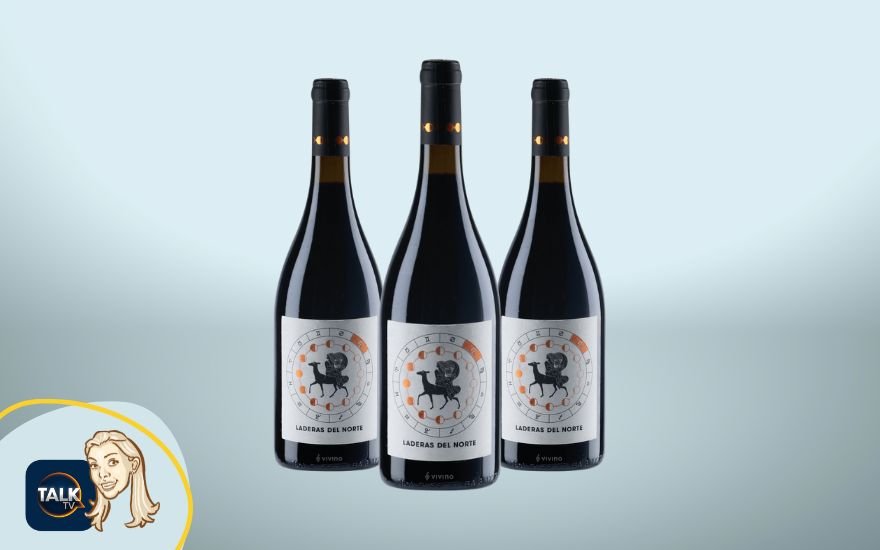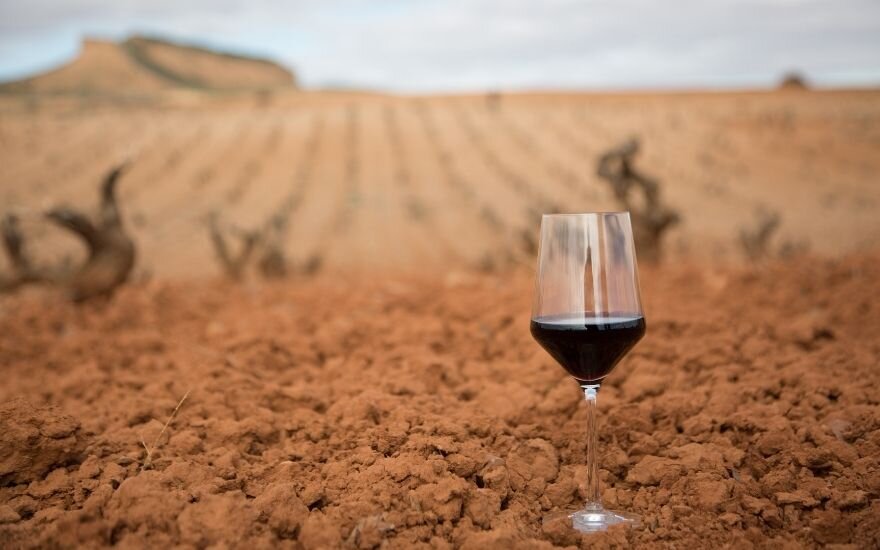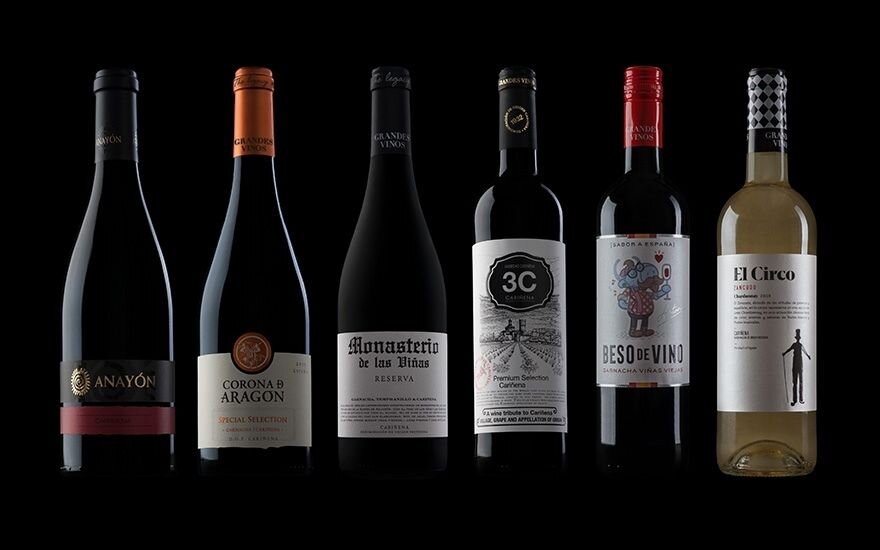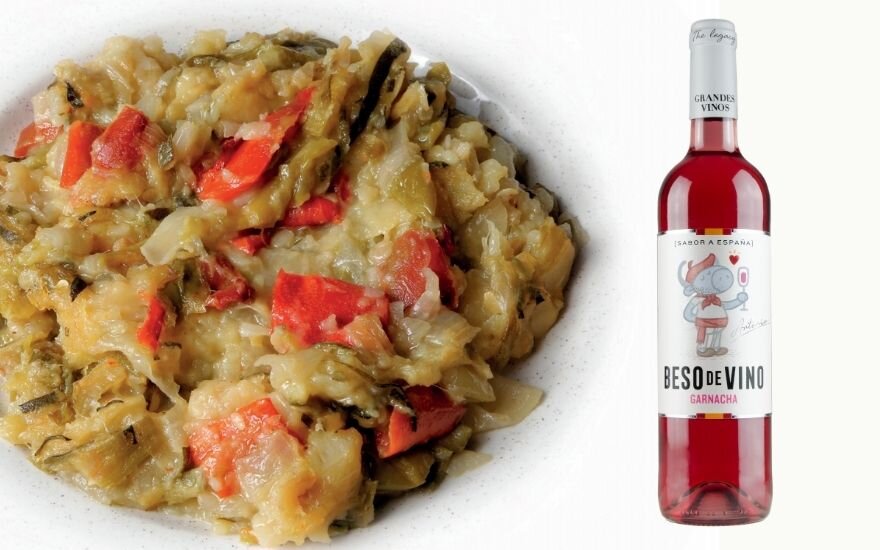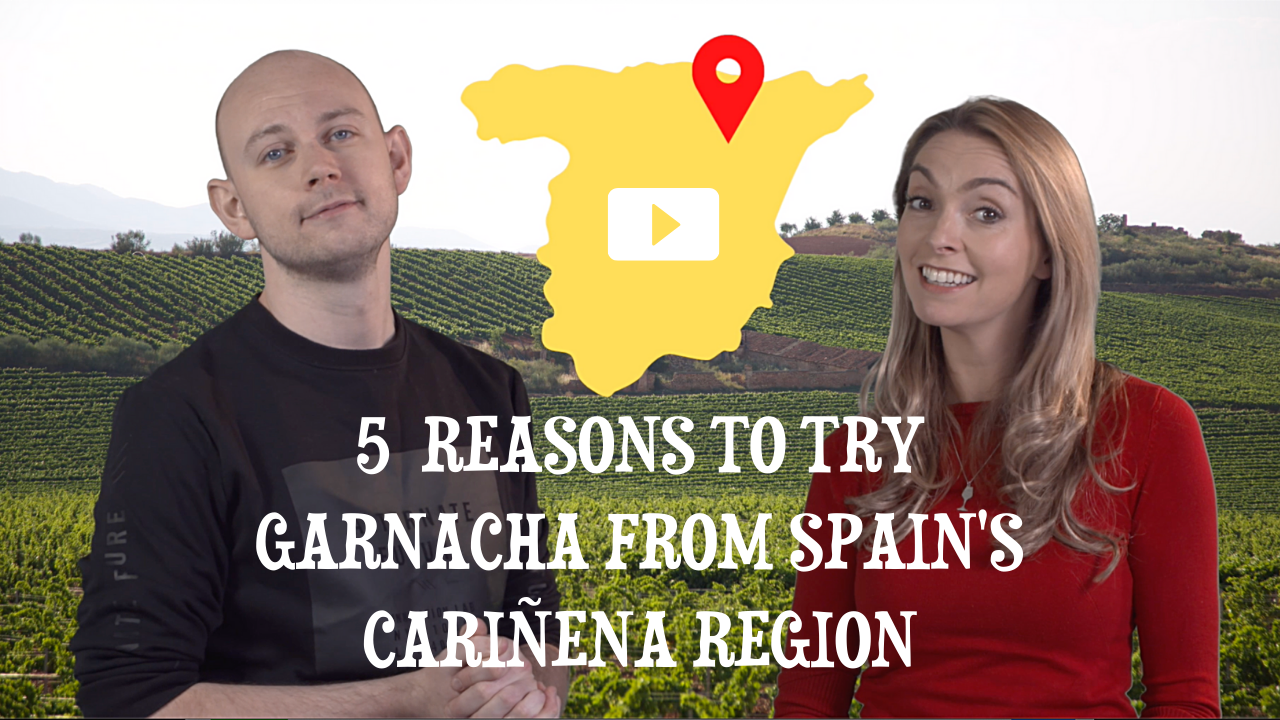When we hear the words Spanish wine, what do we immediately think of? Rioja? Certainly. Cava? Probably. Anything else? Today is all about discovering some grapes and regions that wine buffs love but that don’t get enough recognition in our normal, wine-drinking consumer world. Below, I’ve picked three wines that recently made the top 100 list at the prestigious Wines of Spain Awards, judged by a top team of wine pros. CLick the button below to see the full list.
Godello
Godello is a Spanish white wine grape that has been finding favour over recent years as a great alternative to Sauvignon, Soave, Gavi and the usual suspects. It’s most popular in Galicia where Albariño is king, but can be found in other Spanish regions as well as across the world where it is also known as Gouveio (Portugal) and Agudelo (France). It’s a grape whose style will change based on terroir and winemaking techniques but very generally, is often zesty, refreshing, saline and textured with notes of grapefruit and lime and a hint of smokiness.
Try: Godello Pepa Porter, Adegas Terrae 2021
Hailing from the lesser known, dry and granite-rich D.O. Monterrei, which is located in the southeast corner of the province of Ourense in Galicia, this wine made the top 100 list and is cracking value. Think savoury stone fruit and a slick of salty licorice and lime. Delicious.
Find it for £12-13 from Vinissimus & VinoDirect.com
Garnacha Blanca (White Grenache)
White Garnacha, aka Grenache, to give it its more usual French name, is a grape that has been on the rise in Spain recently and does fantastically well. This is probably due to the popularity of red Grenache (Grenache Noir), even though it’s technically a different grape that behaves very differently. We are seeing a revival of Garnacha Blanca in the regions of Priorat, Aragón and Montsant but it is also increasingly common in Rioja blends as well as in top end, single-varietal wines. It’s storming it in Navarra too at the moment, with acreage growing from 2.5 to 123H in fifteen years. It is no longer a minor grape variety so if you like rich and weighty white wines, seek out a Garnacha Blanca. Try this grape with rich and creamy poultry or rice dishes.
Try: Perelada Només Garnatxa Blanca 2021 (Best White Over £10)
Hailing from the region of Empordà in Spain, this is 100% white Grenache and a great example of it at that. Think weighty, fleshy and creamy white wine with notes of melon, vanilla, baked apple and white chocolate. Great with food like hard cheese, nuts and poultry.
Find it from £10.50- at Vinissimus & AMPS Wine Merchants
Ribera del Duero
Not a grape but a wine region, Ribera del Duero D.O. is located about 200 miles southwest of Rioja in the greater region of Castilla y León on the banks of the Duero River. It is famous for making powerful red wines predominantly with the Tempranillo grape, like Rioja but while the wines tend to use the same blends as their more famous neighbour, the style is more concentrated, pure fruited, complex and powerful thanks to harsher, hotter conditions and slightly different soils. They are beefy wines that do well with hard cow cheese and meaty dishes.
Try: Laderas del Norte, Arzuaga, Ribera del Duero 2020
The powerful, organic red is concentrated but silky in texture with wild strawberry and spice notes, licorice and chocolatey notes. Needs some time open and it will age beautifully. Find an older vintage if you can.
Find the 2017 vintage at Harvey Nichols & Wadebridge Wines for £20- £21.50
Find out what else we’ve been tasting with Mike Graham on talkTV here.




